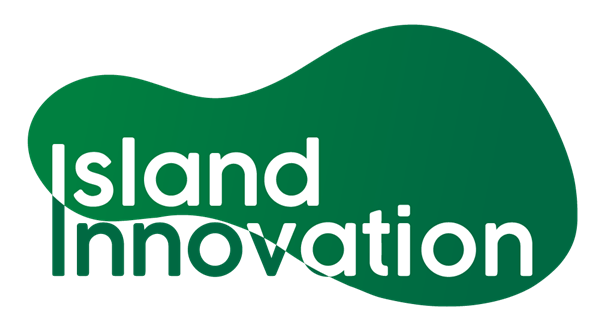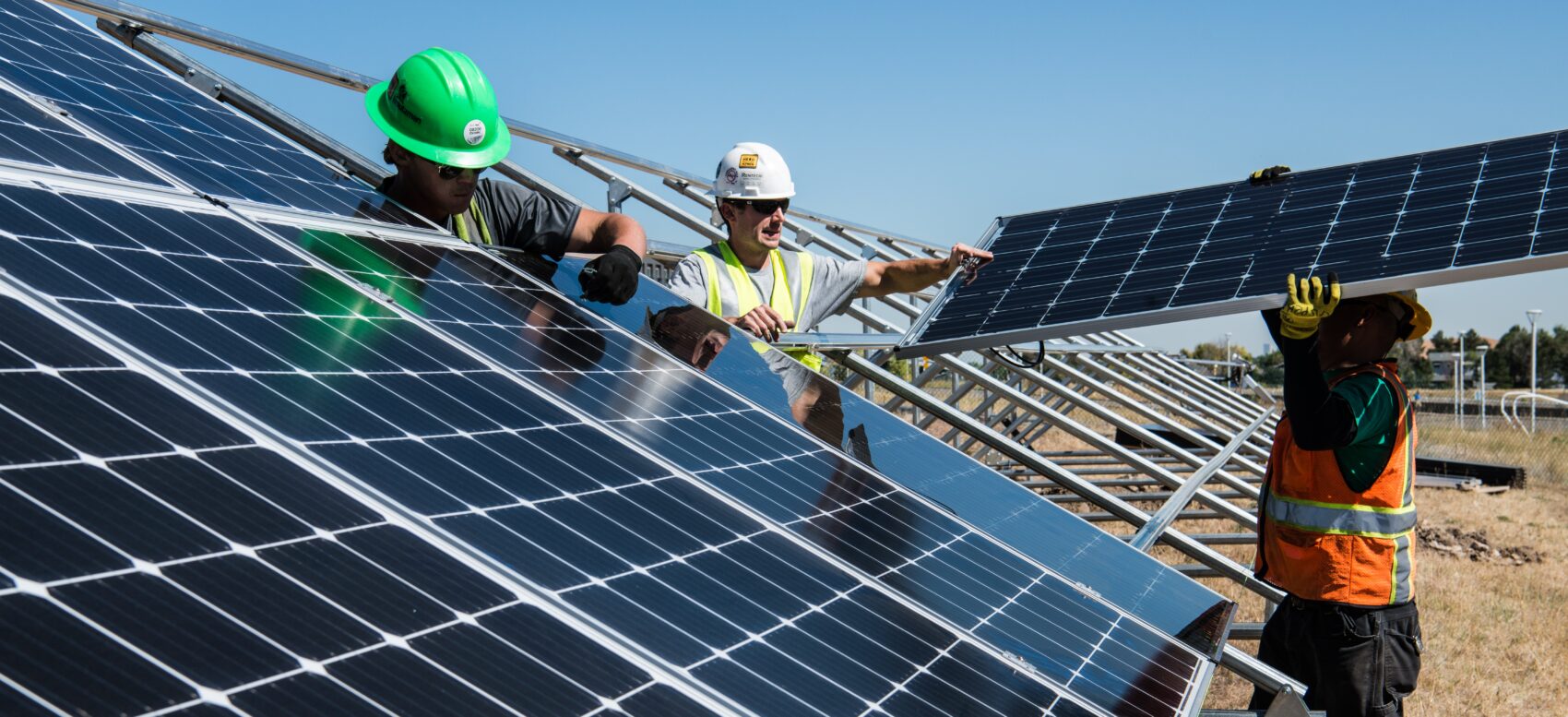Islands across the world are making headlines for ambitious renewable energy projects. The Pacific nation of Tokelau became the world’s first country to be 100% solar-powered in 2012 by launching a pioneering project to ditch its diesel habit.
This project helped to persuade many other island nations of the need to go renewable, and now have ambitious renewable energy goals are widespread. From Fiji to the Seychelles to Jamaica, SIDS are launching ambitious programs to revolutionize economies through renewables, many with goals of reaching 100% by 2030.
How SIDS can benefit from renewable energy solutions
In SIDS, many citizens pay 5 to 10 times the price paid in continental areas. Even if the consumer is saved this expense, the government often picks up the tab with hefty subsidies.
Islands typically have extremely high energy costs due to a lack of economies of scale and expensive fuel imports. On many islands, inefficient diesel generators have traditionally generated electricity. The high cost of diesel is an incentive to innovate new solutions.
With these high prices, renewable energy projects on islands can pay for themselves in as little as three years and free up capital in the long run for other needs. This means that renewable energy is justifiable in most SIDS on economics alone.
Additionally, SIDS were some of the important vocal players at the Paris Climate Summit and continue to be leaders in calling for emissions cuts. By making groundbreaking efforts to convert to renewable energy, SIDS are also changing the discourse on renewables.
Most islands are heavily dependent on their coastal resources and impacts include an increased risk of natural disaster, warmer temperatures, coral bleaching and new diseases. Perversely, island communities are also the smallest contributors to global carbon emissions.
This means that islands have an incentive to demonstrate leadership and provide solutions that can be replicated worldwide. Acknowledging that their efforts have minimal impact on global emissions, islanders want to lead by example to gain the moral high ground at international climate negotiations. Conspicuous sustainability allows islands to gain leverage on the international stage and makes both economic and political sense.
Renewable energy is not just about mitigation, but can also greatly improve quality of life. Tokelau only achieved 24-hour electricity after installing renewable energy with battery backup. With a changing climate now seen as inevitable, renewable energy is also an adaptation mechanism for climate change that can make communities more resilient and less dependent on fuel imports.
Island challenges and considerations
More remote islands often have difficulty retaining technical experts, importing spare parts and conducting repairs. This means that any renewable energy development must occur alongside skills training and development to ensure the projects can live out their full lifespan.
Additionally, traditional utility models were not designed for distributed generation and this transition presents a challenge for maintaining the grid. This is an issue facing utilities worldwide, but like so many problems it is seen more acutely on islands where there is a limited customer base and fewer opportunities for diversification.
Benefits of renewables
Embracing renewables in islands allows for the reduction of electricity costs. Leadership on sustainability and island communities from the Arctic to the Pacific are finding new confidence and opportunities in their adoption of renewable energy. For example, in 2016, Solar Head of State partnered with the Government of Saint Lucia to install solar panels on Government House, the Official Residence of the Governor-General. This project was used to showcase the wider work on renewable energy happening in Saint Lucia and as a platform to get greater attention to the work happening with renewable energy across the Caribbean.
Later this year, Solar Head of State will partner with the Government of Jamaica to install panels on Jamaica House, the Official Residence of the Prime Minister. This project will coincide with training sessions and competitions on renewable energy across the island, and a documentary to showcase the work happening with solar in Jamaica. Through projects like this Solar Head of State aims to champion island leadership on renewable energy and create a platform for the positive work emerging from SIDS.



